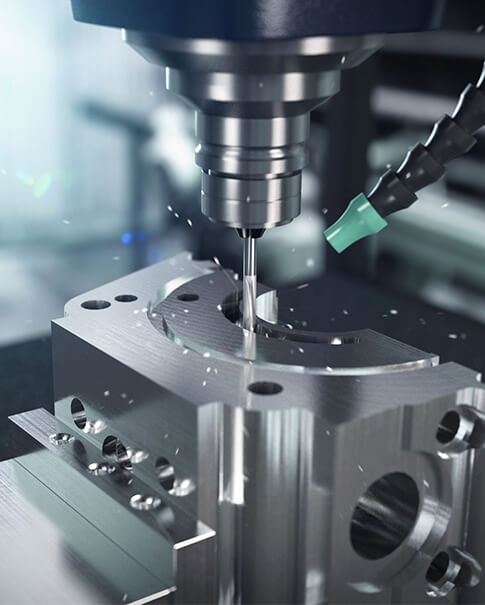
Sheet Metal Prototyping
|
What is Sheet Metal Fabrication?
Sheet metal is metal formed by an industrial process into thin, flat pieces. Sheet metal is one of the fundamental forms used in metalworking, and it can be cut and bent into a variety of shapes. Countless everyday objects are fabricated from sheet metal.
The sheet metal thicknesses can vary significantly, usually between 0.006 and 0.25 inches (0.015 and 0.635 centimeters) thick. |
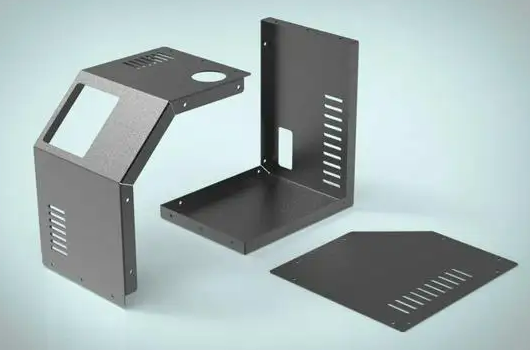 |
In most parts of the world, the sheet thickness is given in millimeters. In the United States, sheet metal thickness is commonly specified by a traditional, non-linear measure known as thickness. The larger the number, the thinner the metal.
Commonly used sheet steel ranges from 30 gauge to about 7 gauge. Thickness distinguishes between ferrous metals (iron-based) and non-ferrous metals such as aluminum or copper. For example, copper thickness is measured in ounces, which represents the weight of copper contained in a one square foot area. Parts made from sheet metal must maintain a consistent thickness for best results.
There are several processes that fall under the umbrella of ‘sheet metal fabrication’. These include cutting, bending and punching, and can be used either in tandem or individually.
Sheet metal fabrication can be used to create either functional prototypes or end-use parts, but end-use sheet metal parts generally require a finishing process before they are ready for market.
Sheet Metal Prototyping Fabrication
Custom sheet metal prototyping services offer a fast and cost-effective solution for your projects. Services including bending, punching, cutting standard gauge metal for both prototypes and low volume production runs. Sheet metal fabrication produces durable, end-use metal parts with a wide selection of materials and finishes that meet your specifications, for a variety of industries like: Automotive, Medical device, Aerospace, electronics, energy and robotics.
Advantages of Sheet Metal Fabrication
|
1 Material selection Aluminum + , copper, stainless steel + , steel and zinc |
2 Finishing options Bead blasting, anodizing, plating, powder coating and custom finishes |
|
3 Thickness options Variety of gauges available |
4 Durability Sheet metal fabrication produces durable parts for prototyping or end use |
|
5 Scalability Low setup costs mean low prices for large volumes |
6 Turnaround Parts delivered in just 5-10 days |
Types Of Sheet Metal
There are six major types of sheet metal material, each with its own unique advantages:
1. Aluminum
For applications that require a more lightweight material, aluminum is an excellent option. This type of sheet metal offers significant corrosion resistance even without a finish. Aluminum is also strong and can undergo laser cutting, welding, and machining.
A moderately-priced material, aluminum has a range of characteristics across several grades to meet application requirements. Grade 1100 offers relatively low strength but is chemical and weather-resistant, weldable, and ductile, allowing deep drawing.
2. Alloy Steel
As the name suggests, alloy steel combines multiple elements to enable a customizable set of properties. The main component of this material is carbon steel. Common additions include tungsten, chromium, and manganese, for rigidity, or vanadium and nickel, for strength. In addition to its versatility, alloy steel is also highly affordable.
3. Carbon Steel
Iron is alloyed with carbon in this sheet metal material, providing an option with high amounts of strength. Depending on the desired application, a manufacturer can choose from steel with low, medium, or high levels of carbon content.
Low amounts of carbon result in a highly versatile material, most commonly found in everyday objects like fences and gates. Medium carbon steel is a popular choice for automotive vehicles and appliances. Higher levels of carbon result in a slightly more fragile product, ideal for delicate items, such as wires.
4. Tool Steel
Immensely versatile, tool steel is a rigid alloy containing about one percent carbon. As with alloy steel, the elements contained within tool steel vary in type and ratio depending on the desired application. Tool steel is resistant to abrasion and functions well in extreme temperatures.
Its properties make this type of sheet metal ideal for the construction of tools, such as punches, dies, blades, and hammers.
5. Galvanized Steel
Galvanized steel is available in two varieties: electro-galvanized sheets and hot-dipped metallic-coated sheets. The former is composed of cold-rolled annealed steel. It has a pure zinc coating with no zinc spangle.
The latter is composed of cold-rolled hard steel plates coated with a mixture of pure zinc and an iron-zinc alloy. This type of galvanized steel offers more corrosion resistance and is slightly more affordable than electro-galvanized sheets.
6. Stainless Steel
This type of sheet metal is ideal for products that will be exposed to frequent moisture. It contains chromium, an element that significantly reduces corrosion caused by harsh or damp environments. Components made from stainless steel sheet metal fabrication can increase the lifespan of a product or structure, from kitchen sinks to office buildings.
Stand and spring-like stainless steel are the two categories used in sheet metal fabrication.
Parts of the product:
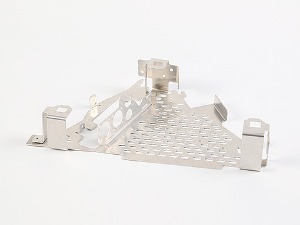 |
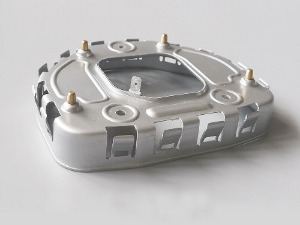 |
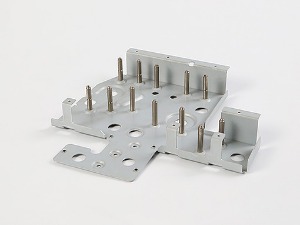 |
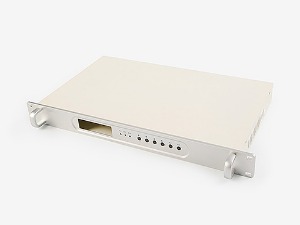 |
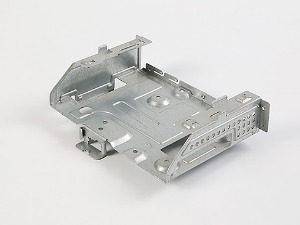 |
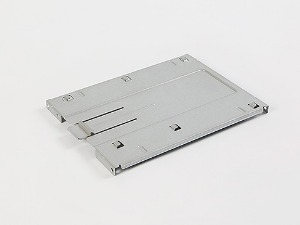 |